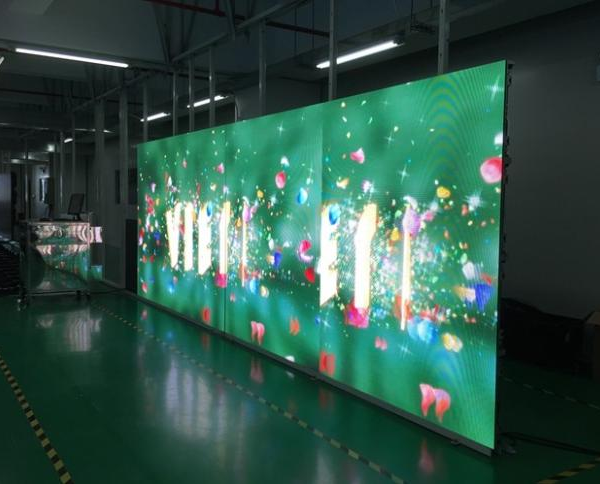As cities worldwide transform into smart cities, technology is increasingly vital in enhancing urban living. One of the technologies at the forefront of this transformation is SMD (Surface-Mounted Device) screens. These high-resolution, versatile displays are revolutionizing the way smart cities manage information, enhance public services, and improve their residents' overall quality of life. In this post, we’ll explore the top applications of SMD screens in smart cities and how SMD video walls contribute to this evolving landscape.
1. Traffic Management and Control
In smart cities, managing traffic efficiently is crucial. SMD video walls are used in traffic control centres to monitor real-time traffic conditions across the city. Their high-definition displays allow for detailed traffic data visualisations, helping operators make informed decisions to reduce congestion and improve road safety. Additionally, SMD screens installed at key intersections or highways can provide real-time traffic updates, road closures, and alternative routes to drivers.
2. Public Information Displays
SMD screens are widely used in smart cities to disseminate important information to the public. These screens, located in public areas such as train stations, airports, and bus terminals, provide real-time updates on transportation schedules, weather alerts, emergency notifications, and other critical information. Their ability to deliver clear and vivid visuals ensures that important messages are easily seen and understood by the public, enhancing communication and safety in urban environments.
3. Interactive Kiosks
Interactive kiosks equipped with SMD screens are becoming a common sight in smart cities. These kiosks offer a range of services, from wayfinding and tourist information to public service announcements and city news. The interactive nature of SMD screens allows residents and visitors to engage directly with the content, making it easier for them to access the information they need. These kiosks can also serve as a platform for city governments to gather feedback and improve public services.
4. Digital Signage for Public Transportation
Public transportation systems in smart cities utilize SMD screens to enhance the passenger experience. SMD video walls in subway stations, bus stops, and train terminals display real-time arrival and departure times, service changes, and other relevant updates. These screens also serve as platforms for digital advertising, offering businesses a way to reach a captive audience while generating revenue for the city.
5. Security and Surveillance
SMD video walls are integral to the security and surveillance infrastructure in smart cities. In control rooms, large SMD video walls display live feeds from surveillance cameras across the city, enabling security personnel to monitor and respond to incidents in real-time. The high resolution and clarity of SMD screens ensure that even the smallest details are visible, which is crucial for maintaining public safety.
6. Environmental Monitoring
Smart cities are committed to sustainability, and SMD screens play a role in environmental monitoring. These screens can display real-time data on air quality, temperature, noise levels, and other environmental factors. By making this information publicly available, SMD screens help raise awareness about environmental issues and encourage residents to participate in sustainability initiatives.
7. Cultural and Artistic Displays
SMD screens are not just functional; they also contribute to the cultural and aesthetic aspects of smart cities. These screens can be used to display digital art, cultural information, and interactive installations in public spaces. This application of SMD technology adds a dynamic and engaging element to the urban landscape, enriching the cultural experience for residents and visitors alike.
Conclusion
SMD screens are an essential component of smart city infrastructure, offering a wide range of applications that enhance urban living. From traffic management and public information displays to security and environmental monitoring, SMD video walls and screens are helping cities become more efficient, safe, and connected. As smart cities continue to evolve, the role of SMD technology will only become more significant, driving innovation and improving the quality of life for all.

